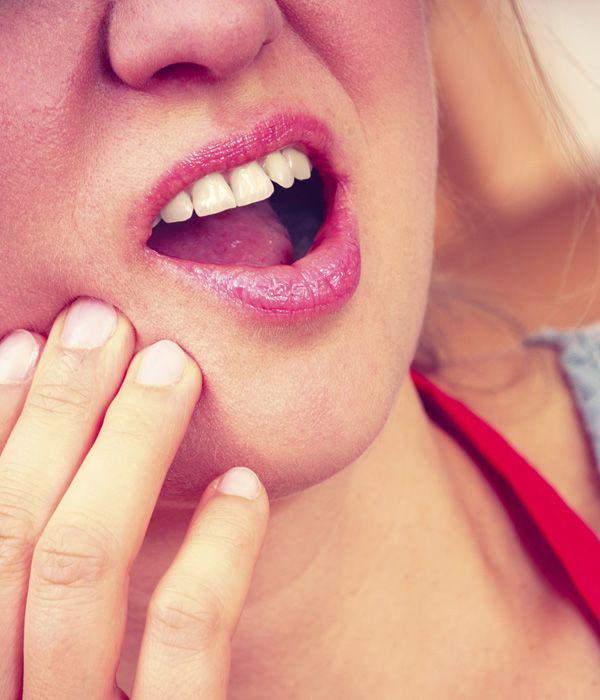Why New Fillings and Crowns Sometimes Cause Tooth Sensitivity
 Our Kansas City dental care center offers patients advanced and custom general dentistry treatment, all with a focus on improving overall dental health and wellness. Sometimes in the course of undergoing dental treatment, however, patients experience a new and unexpected problem.
Our Kansas City dental care center offers patients advanced and custom general dentistry treatment, all with a focus on improving overall dental health and wellness. Sometimes in the course of undergoing dental treatment, however, patients experience a new and unexpected problem.
With that in mind, we'd like to consider two common treatments for cavities and tooth decay--fillings and dental crowns--and how these can cause tooth sensitivity.
About Dental Fillings
Dental fillings are restorations that are commonly used to address cavities and small amounts of tooth decay. Chances are that you have a filling or two in place right now. These dental restorations come in both metal and tooth-colored forms, both of which are able to restore damaged or compromised tooth structure.
About Dental Crowns
Dental crowns are restorations that are used as a kind of last resort. When a tooth is seriously damaged or decayed, a filling, an inlay, or an onlay may not be able to rebuild the damaged tooth. In these cases, a crown is considered. The crown caps the damaged tooth, protecting it from further damage and restoring the ability to bite and chew in the process. Like fillings, dental crowns can be made of metal or from tooth-colored materials.
Why Restorations May Cause Pain and Discomfort
While dental restorations are intended to prevent pain and discomfort, they can sometimes cause temporary or long-lasting tooth sensitivity and dental pain.
In terms of temporary discomfort, any restorative dental work can result in your teeth becoming more sensitive to pressure or hot and cold temperatures. In these cases, you may notice pain when biting on hard foods, or when a hot or cold food item/beverage passes by the treated tooth.
Long-term discomfort and pain may be the result of poorly fit and designed restorations. The filling or crown may not be solid, for example, exposing part of the interior structure of the tooth to sources of discomfort. It's also possible that the restoration is not optimally designed for biting and chewing, which places additional stress on the treated tooth resulting in pain.
Teeth Grinding May Also Play a Factor in Discomfort
In addition to the above issues, it's also possible for teeth grinding (bruxism) to pose a problem to patients. This refers to the gnashing, clenching, and shifting of the teeth when a patient is asleep. When this occurs, the extra pressure on the teeth can make issues with pain and discomfort far more likely. Treating the teeth grinding directly can help alleviate pain and prevent other kinds of dental problems down the road.
Addressing Temporary Toothaches and Discomfort
For temporary toothaches related to restorations, your best option is to avoid anything that can cause dental pain and related problems. For instance, in the first days after getting new fillings or crowns, you may want to eat softer foods. Foods and beverages that are lukewarm or room temperature are also ideal. You should notice improvements with regard to dental pain and discomfort as the days pass.
Dealing with Long-Term Restoration Pain
For long-term dental pain related to restorations, the best option may be to get a replacement filling or crown. We work carefully in the planning and placement stages to prevent the need for this, though should the issue arise, we will be more than happy to create a new restoration that does not cause a patient discomfort.
Learn More About Treating Toothaches and Dental Pain
To learn more about dental restorations and how we can help you smile with renewed confidence, be sure to contact our cosmetic and restorative dentistry center today. Our team is here to help you bite, chew, speak, and smile without experiencing any pain or discomfort.


